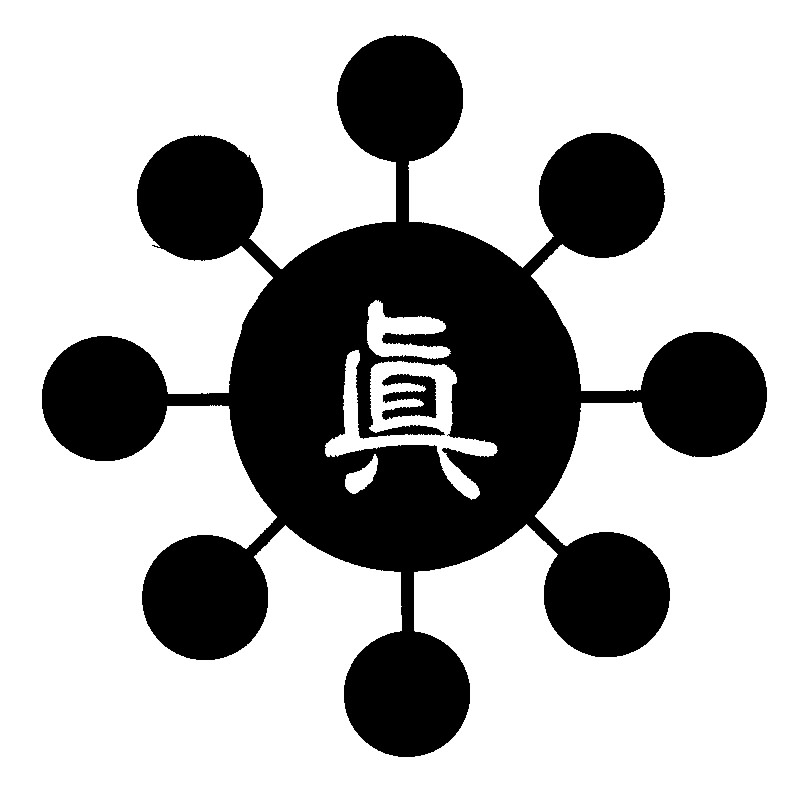Toyama Ryu Battodo
Toyama Ryū Battōdō (戸山流抜刀道) is a sword-drawing art in which the Japanese sword is drawn from the sheath and used to cut or defend against an opponent in a single motion. Originally developed for the purpose of training officers at the Rikugun Toyama Gakkō (Toyama Army Academy), the system is practical and effective, focusing on rapid deployment of the sword in multiple directions and against multiple opponents.
The line of Toyama Ryū taught within Shinkendo is under the Kokusai Toyama Ryū Renmei (国際戸山流連盟) founded by Obata Toshishiro. Obata studied Toyama Ryū in Japan under Nakamura Taisaburo, a former Toyama Army Academy sword instructor. In 1980, Obata immigrated to the United States with menkyo (teaching license) to be the Beikoku Honbucho (American Headquarters Chief). Today, Toyama Ryū is taught as an adjunct system within the larger Shinkendo curriculum and is classified as gaiden waza (foreign incorporated techniques).
Four versions of the Toyama Ryū kata (forms) are practiced, each representing a different historical evolution of the system:
Guntō no Sōhō (軍刀の奏法 ) - The original seven kata as taught at the Rikugun Toyama Gakkō.
Toyama Ryū Battōjutsu (戸山流抜刀術) - A modified version of the original Guntō no Sōhō kata taught after World War II. An additional kata intended specifically for tameshigiri (test-cutting) was added.
Toyama Ryū Iaidō (戸山流居合道) - The modern version of the kata, as originally developed by Nakamura Taisaburo.
Toyama Ryū Jōkyū (戸山流上級) - Advanced variations of the kata developed by Obata Toshishiro.
Six kumitachi (partnered sparring forms), originally developed by Nakamura Taisaburo, are also studied as part of the Toyama Ryū curriculum.
Ranking in Toyama Ryū is available to current ISF members through the Kokusai Toyama Ryū Renmei (KTRR). KTRR is not affiliated with any other lines of Toyama Ryū and does not participate in test-cutting competitions.
For more information on Toyama Ryū Battōdō please visit the Kokusai Toyama Ryū Renmei website.

